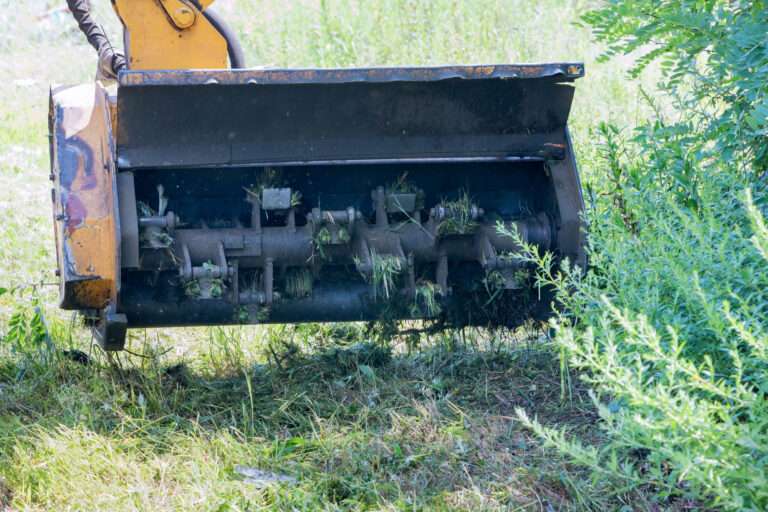Managing Large-Scale Earthworks: Key Strategies for Success
Managing large-scale earthworks can be a daunting task, but with the right strategies and techniques, it becomes a manageable and successful endeavour. Whether you are preparing land for a major infrastructure project or developing a commercial site, efficient management of earthworks ensures that the project stays on schedule, within budget, and compliant with regulations.
In this blog, we will explore the best practices for managing large-scale earthworks, focusing on practical steps that will help you achieve efficient, safe, and high-quality results.
The Challenges of Large-Scale Earthworks
Large-scale earthworks present unique challenges, including:
- Complex Site Conditions: Uneven terrain, varying soil types, and unpredictable weather can hinder progress.
- Volume of Materials: Handling vast amounts of soil and rock efficiently.
- Safety Concerns: Ensuring worker and site safety amidst heavy machinery and excavation activities.
- Environmental Compliance: Minimising the ecological impact of large-scale excavation and material movement.
Understanding these challenges from the outset allows for better planning and management, helping you mitigate risks and optimise productivity.
Essential Strategies for Managing Large-Scale Earthworks
1. Comprehensive Planning and Assessment
The first step in managing large-scale earthworks is to conduct a detailed site assessment. This should include:
- Geotechnical Surveys: Understanding the soil profile and stability.
- Topographic Mapping: Identifying high and low points for efficient grading.
- Environmental Impact Assessment: Addressing potential ecological concerns.
Creating a robust project plan that accounts for these factors will ensure a smoother execution phase.
2. Efficient Material Management
Handling large volumes of soil requires strategic planning. Key steps include:
- Cut and Fill Calculations: Balancing excavation and deposition to minimise waste.
- On-Site Material Reuse: Reducing transport costs by reusing excavated material where feasible.
- Stockpiling Techniques: Storing excess material safely and efficiently for future use.
3. Advanced Equipment Utilisation
Deploying the right machinery is crucial. For large-scale projects, consider:
- Excavators and Bulldozers: For bulk removal and terrain modification.
- GPS-Enabled Graders: Ensuring precise levelling and contouring.
- Heavy-Duty Compactors: Achieving stable, compacted surfaces ready for construction.
4. Safety Protocols and Training
Maintaining safety is paramount. Implementing stringent protocols will protect both workers and the public. Key measures include:
- Regular Safety Briefings: Keeping all personnel aware of potential hazards.
- PPE Compliance: Ensuring all workers wear appropriate protective equipment.
- Emergency Response Plans: Having clear procedures for accidents or unexpected site issues.
5. Environmental Stewardship
Large-scale earthworks can significantly impact the environment. Minimise harm by:
- Erosion Control Measures: Installing silt fences and retaining walls.
- Dust Suppression Techniques: Using water spraying to reduce airborne particles.
- Noise Management: Employing noise barriers to minimise disruption to nearby areas.
Frequently Asked Questions
What is the main objective of large-scale earthworks? The primary goal is to prepare the ground for construction by modifying terrain, ensuring stability, and managing drainage.
How can project delays be minimised? Effective planning, efficient material management, and proactive communication between teams are essential.
What role does technology play in managing earthworks? Advanced machinery and GPS technology enhance precision, reduce manual labour, and speed up the grading and excavation processes.
Why is environmental management important? To protect ecosystems and comply with regulations, incorporating sustainable practices is crucial in large-scale earthworks.
How can safety be maintained on large-scale sites? Regular training, safety protocols, and risk assessments are vital to maintaining a secure work environment.
Key Takeaways for Successful Earthworks Management
Managing large-scale earthworks requires meticulous planning, skilled execution, and a focus on sustainability. By investing in the right technology, prioritising safety, and ensuring environmental responsibility, you can achieve optimal outcomes while minimising risks and costs.
Partnering with experienced contractors like Killingley ensures that your earthworks project is in capable hands. Our commitment to precision, safety, and efficiency means that your site is prepared to the highest standards.









